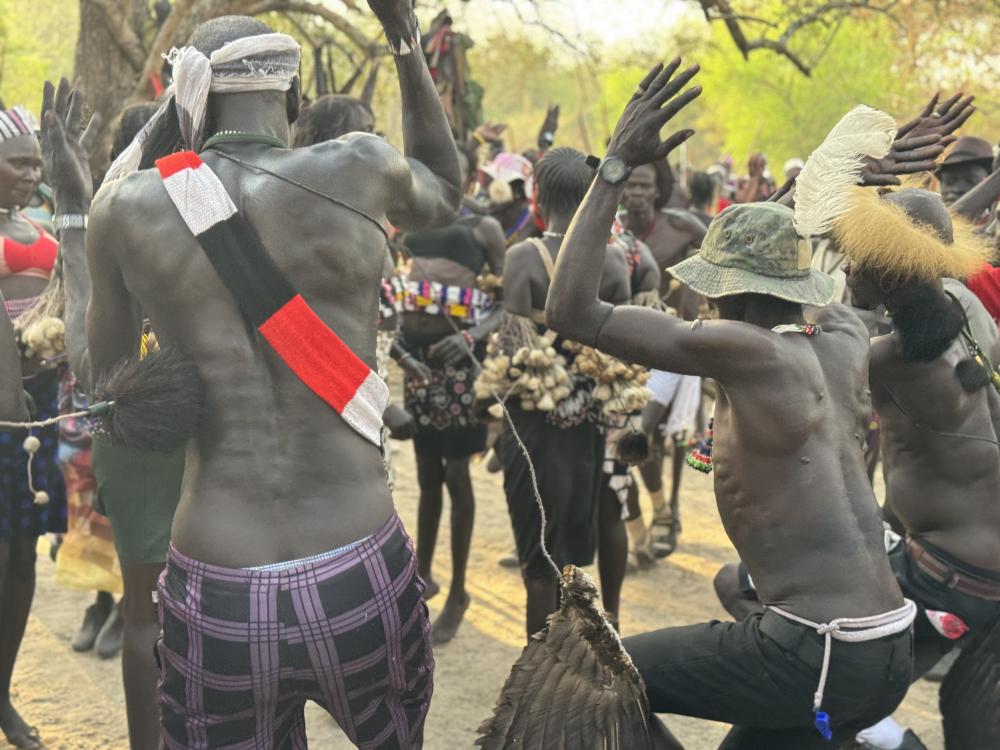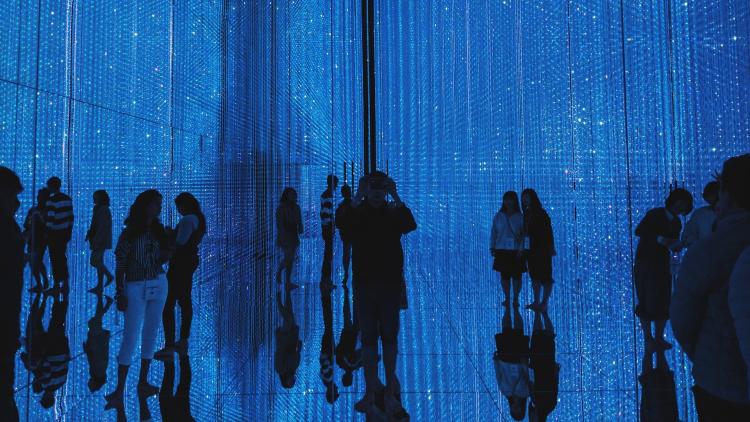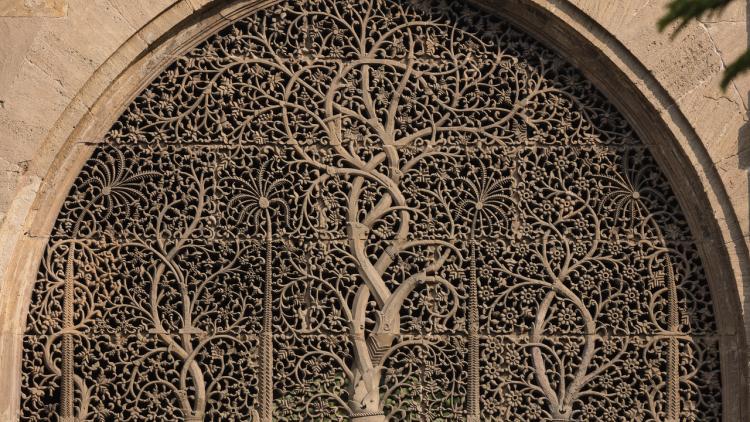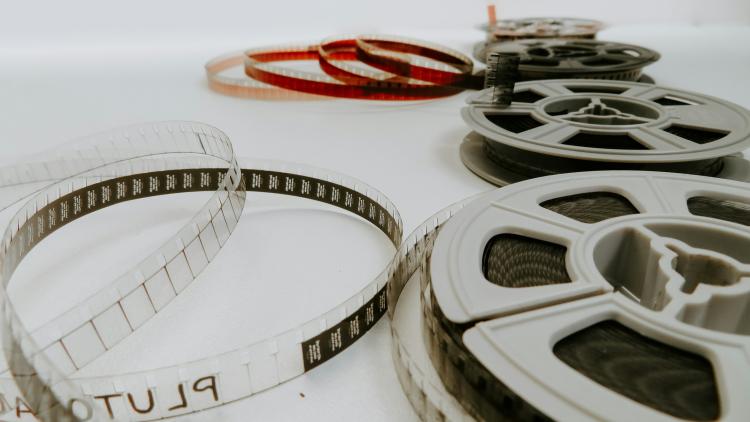'Youth in crisis'? The effects of post-independence violent conflict and displacement on Murle socio-political institutions in Pibor, South Sudan
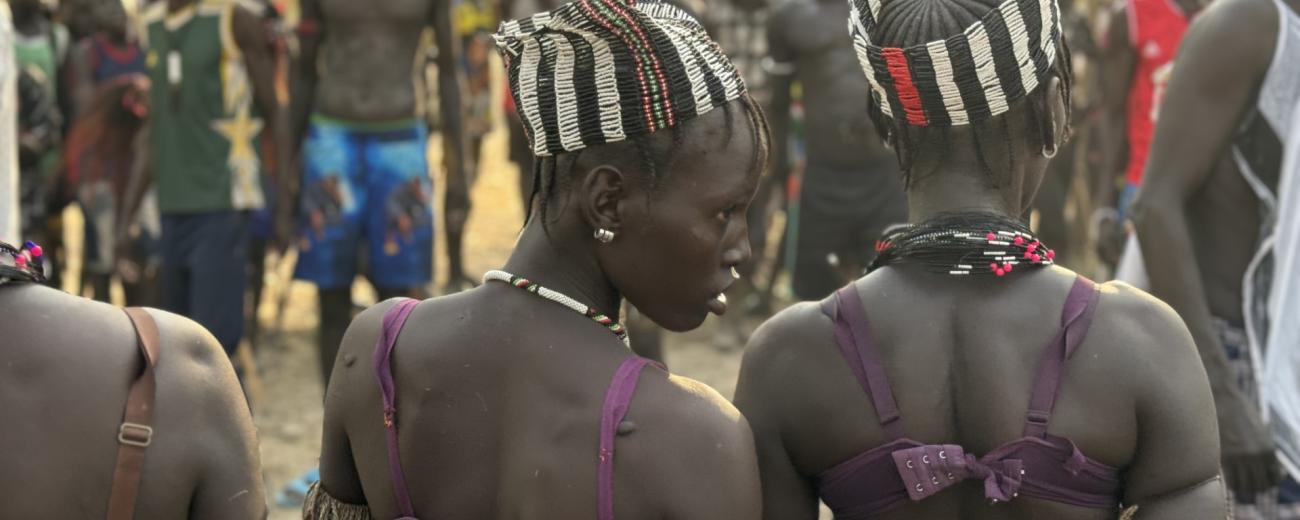

Diana’s British Academy-funded research project (2020-2025) examines visual, musical and performative culture as the lens through which to better understand changes in Murle social institutions and in young people's positions in society in Greater Pibor in eastern South Sudan, where she has been working since 2012.
Permanent body scarifications of mobile phones, pens, Kalashnikov rifles and army ranks, songs about network towers, and dance movements replicating roaring lions. These may not be immediately associated to historical memories, nor to how people negotiate gender and generational relations, assert identities, or express political subversion and contestation, nor to social and economic issues. Nor as pathways to social and political personhood.
But these repertoires of communication are unique lenses to understand people and society – they are aesthetic, but also provide fascinating nonaesthetic information. The research project considers body scarifications, songs and dance performances as the lenses to understand how Murle society in Greater Pibor, in eastern South Sudan has been transforming in light of decades of violent conflict and socio-political neglect and exclusion of that part of the country.
In particular, the research considers how agro-pastoralist youth have been making sense of long-term violent conflict in their home of Pibor, one of South Sudan’s most marginalised peripheries, by paying attention to their permanent body inscriptions, to their songs and to their dance performances. Drawing on long-term ethnographic and archival research, the research also contests the ‘youth in crisis’ paradigm and examines how young people are navigating the pressures of modern (and violent) political forces, contributing to scholarship on the interplay of youth, politics and conflict.
One of the project’s outputs has been a website showcasing and promoting Murle cultural heritage, intended as an accessible space for learning about Murle tangible and intangible cultural heritage. Through the angle of the Murle age-sets, it showcases annotated photographs, audio and video recordings of Murle songs, dance, oral histories and scarification practices, as well as other socio-cultural dimensions, discussing how these have been changing, adapting and reflect connections to a global world.
Header image: Murle women from Bothonya age-set dancing in Manyabol, Pibor South Sudan (photograph by Diana Felix da Costa)
